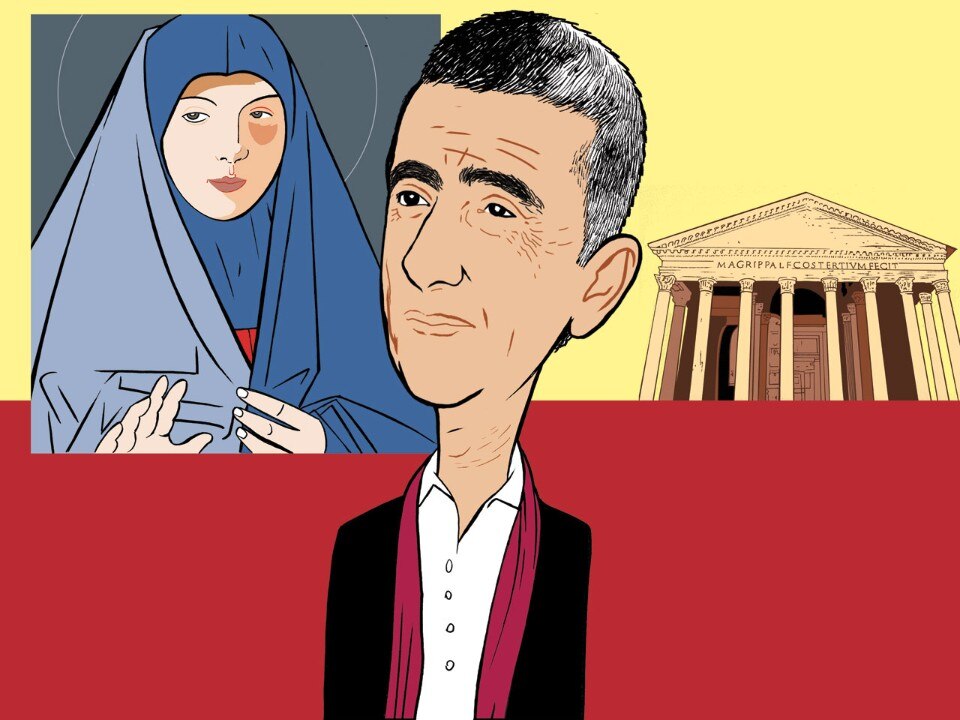Having succeeded Mario Bellini at the helm of Domus after being his deputy editor, Vittorio Magnago Lampugnani (born in Rome on 5 March 1951, under the sign of Pisces) brought the certainty of continuity to the editorial policy while also rooting it all the more in the project. With perfect aplomb, thanks partly to an Italian-German training that prompted him to state, with some irony, “there is no urgency that cannot wait”, he managed to calmly mediate the enthusiasms and attritions of editorial life, relying on his aptitude for synthesis and fast decision-making. His many relationships with figures from the international world of culture, which enriched the magazine’s panorama, were also cultivated with a reserved and affable yet firm approach, boosted by his easy command of four languages. One key reference figure was his friend the graphic designer Alan Fletcher, who provided generous collaboration, designing his first cover in January 1992 and becoming creative director in 1994.
Piece of architecture – The Pantheon in Rome. I see it as marking the beginning of Architecture with a capital A, the perfect synthesis of the art of building and that of space. Its perfection (its beauty) is, in the Albertian way, untouchable and unalterable. Not even Bernini managed to add anything significant to it and his ridiculous bell-towers were quickly removed. There is also Hadrian’s fine gesture as, after rebuilding the twice-destroyed construction, he omitted his own name and dedicated it to Agrippa, under whose consulate the first Pantheon was erected.
Design object – My old wooden kitchen table with turned legs, which I use as a desk. Whoever designed it (I don’t know who but someone obviously did) didn’t set out to produce an unusual, out of the ordinary or, perhaps, even beautiful table but simply a table, drawing on a longstanding tradition that they neither ignored or tried to contradict.
Work of art – Antonello da Messina’s Virgin Annunciate, in Palazzo Abatellis, Palermo, because, although there isn’t even a halo, it is unquestionably Mary and because it is of a quiet but also stunning beauty, female charm personified and painted with unparalleled accomplishment.
Book – This is perhaps the cruellest question because choosing one book out of many is even harder than choosing a piece of architecture, a design object, a work of art or a city. If I really must, it will be The Man without Qualities by Robert Musil because it doesn’t have a real beginning or an end. You can dip in and out of it and work from the back forwards. Musil observes and writes with relentless precision, seemingly light but never impersonal. The precision I would like in my projects but that I find so difficult.
Vittorio Magnago Lampugnani
Domus: 1992–1996
Art director: Alan Fletcher
Deputy editor: Nicola Di Battista
Special correspondent: Pierre Restany


